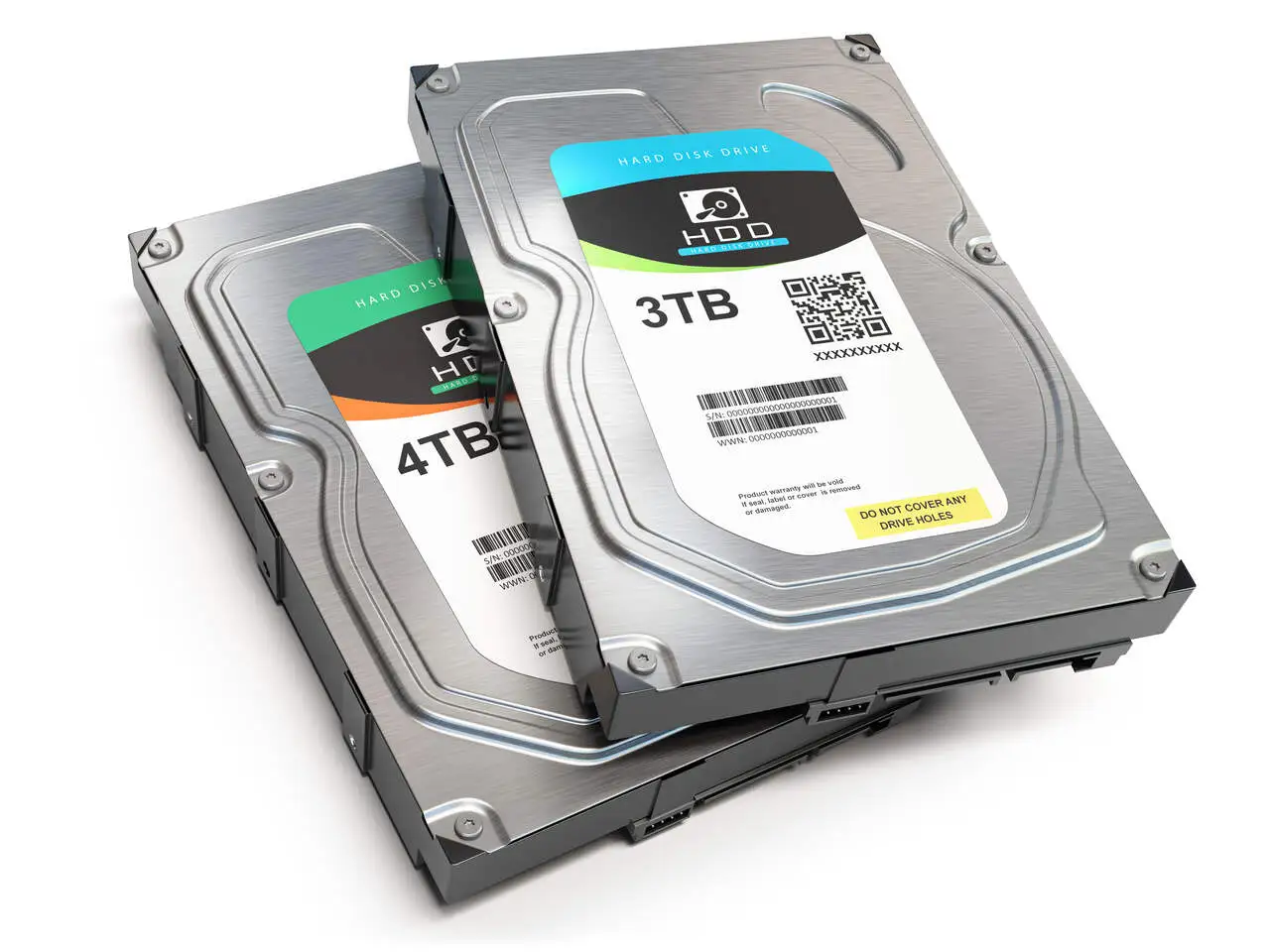A ZIP file is an archive format commonly used to compress and group one or more files or folders into a single file. The main purpose of ZIP compression is to reduce the size of data, making it easier to transfer and store information efficiently. The name “ZIP” refers to the compression format developed by Phil Katz, which was implemented in the PKZIP program. This format has become widely used due to its practicality and widespread support in operating systems.
Main features of ZIP files:
- Compression: ZIP files use compression algorithms to reduce the size of the data. This is especially useful when sending large amounts of information over the internet or storing data on devices with limited space.
- Grouping: Several files and folders can be grouped together in a single ZIP file. This makes it easier to organize and share collections of related data.
Hierarchical Structure: ZIP files can maintain a hierarchical structure, preserving the original organization of folders and subfolders. This is useful when compressing and decompressing sets of related files.
- Password Protection: Some ZIP file compression programs offer the option of adding a password to the file. This helps protect the data contained in the archive from unauthorized access.
- Compatibility: ZIP files are widely supported by a variety of operating systems, software programs and unzipping applications. This makes it easy to share ZIP files between different platforms.
ZIP’s versatility has made it a target for ransomware groups, who have developed their malware to locate files with the .zip extension and encrypt them.
The encryption of ZIP files by ransomware represents an advanced strategy to maximize the impact of the attack. ZIP files are commonly used to compress and organize data, and their encryption intensifies the consequences of the attack. This is because ZIP files often contain a variety of essential data, such as documents, spreadsheets and images, making them ideal targets for cybercriminals.
You can split the encryption of ZIP files into three steps:
- Initial infection: Ransomware usually enters systems via phishing emails, malicious file downloads or exploitation of vulnerabilities in outdated software.
- Identification of ZIP files: The malware searches for ZIP files on the system, identifying them as potential targets.
- Encryption: Once identified, ZIP files are encrypted using robust algorithms, making them inaccessible without the decryption key.
Recovering these files can only be done with the decryption key that is held by the criminals or by technologies that are capable of recovering ransomware, these technologies are developed by data recovery companies such as Digital Recovery.
Recovering ZIP files
With more than two decades of experience in data recovery, Digital Recovery has exclusive technologies that can recover ZIP files on any storage device, such as HDD, SSD, databases, servers, virtual machines and more.
These solutions are secure and can be executed remotely. They were developed on the basis of the General Data Protection Act (LGPD).
We know how important confidentiality is in cases of ransomware attacks, which is why we provide all our clients with a non-disclosure agreement (NDA).
The entire decryption process has been designed to adapt to the client’s real needs, so the client is accompanied throughout the process by one of our specialists.
Contact our experts and start decrypting ZIP files now.



